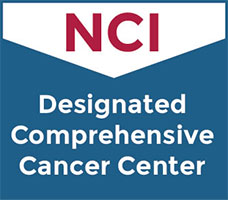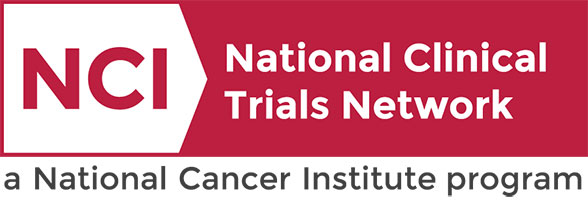Clinical Trials Search at Vanderbilt-Ingram Cancer Center
A Study to Compare Treatment with the Drug Selumetinib Alone versus Selumetinib and Vinblastine in Patients with Recurrent or Progressive Low-Grade Glioma
This phase III trial investigates the best dose of vinblastine in combination with selumetinib and the benefit of adding vinblastine to selumetinib compared to selumetinib alone in treating children and young adults with low-grade glioma (a common type of brain cancer) that has come back after prior treatment (recurrent) or does not respond to therapy (progressive). Selumetinib is a drug that works by blocking a protein that lets tumor cells grow without stopping. Vinblastine blocks cell growth by stopping cell division and may kill cancer cells. Giving selumetinib in combination with vinblastine may work better than selumetinib alone in treating recurrent or progressive low-grade glioma.
Not Available
III
Esbenshade, Adam
NCT04576117
COGACNS1931
A Phase II Trial Evaluating Chemotherapy followed by Response-Based Reduced Radiation Therapy for Patients with Central Nervous System Germinomas
Not Available
II
Esbenshade, Adam
NCT06368817
COGACNS2321
A Study of a New Way to Treat Children and Young Adults with a Brain Tumor Called NGGCT
Multiple Cancer Types
This phase II trial studies the best approach to combine chemotherapy and radiation therapy (RT) based on the patients response to induction chemotherapy in patients with non-germinomatous germ cell tumors (NGGCT) that have not spread to other parts of the brain or body (localized). This study has 2 goals: 1) optimizing radiation for patients who respond well to induction chemotherapy to diminish spinal cord relapses, 2) utilizing higher dose chemotherapy followed by conventional RT in patients who did not respond to induction chemotherapy. Chemotherapy drugs, such as carboplatin, etoposide, ifosfamide, and thiotepa, work in different ways to stop the growth of tumor cells, either by killing the cells, by stopping them from dividing, or by stopping them from spreading. Radiation therapy uses high energy x-rays or high-energy protons to kill tumor cells and shrink tumors. Studies have shown that patients with newly-diagnosed localized NGGCT, whose disease responds well to chemotherapy before receiving radiation therapy, are more likely to be free of the disease for a longer time than are patients for whom the chemotherapy does not efficiently eliminate or reduce the size of the tumor. The purpose of this study is to see how well the tumors respond to induction chemotherapy to decide what treatment to give next. Some patients will be given RT to the spine and a portion of the brain. Others will be given high dose chemotherapy and a stem cell transplant before RT to the whole brain and spine. Giving treatment based on the response to induction chemotherapy may lower the side effects of radiation in some patients and adjust the therapy to a more efficient one for other patients with localized NGGCT.
Germ Cell (Pediatrics),
Pediatrics
II
Esbenshade, Adam
NCT04684368
COGACNS2021


